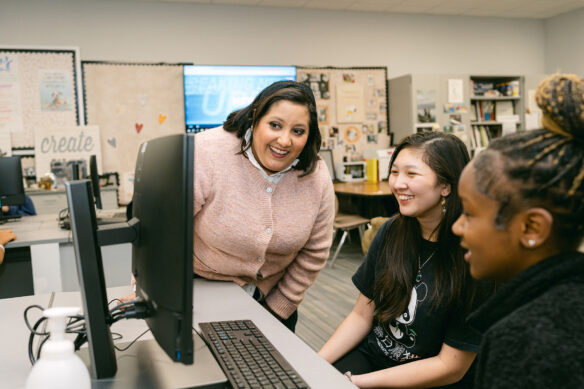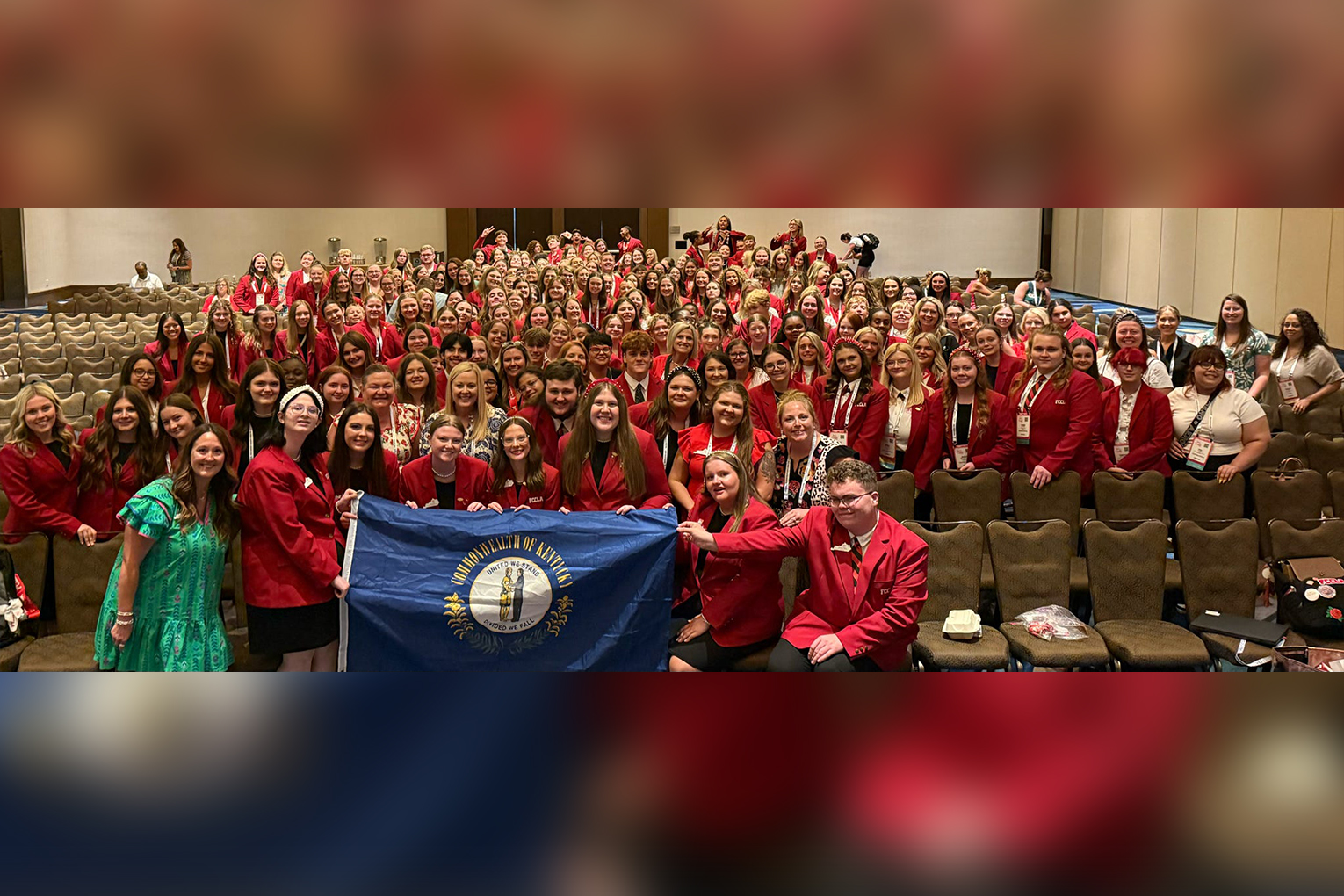
The News Literacy Project has several resources to help teach students about media literacy. Submitted photo
As a new school year approaches, Kentucky educators are tasked with guiding students through a complex world. Our information landscape is marked by the continued rise of artificial intelligence and hypersaturated social media feeds.
In this environment, it is imperative to prioritize teaching news literacy skills, such as critical thinking, analyzing claims and verifying sources. Empowering students to sort fact from fiction is too important to “squeeze in” or relegate to extra credit. To help educators incorporate these vital skills into any social studies curriculum, the News Literacy Project offers a Back-to-School Guide with free resources to develop future-ready students.
The guide lays the groundwork with our Framework for Teaching News Literacy and other foundational maps to support educators with common standards, essential questions and objectives for all grade levels. Next, dive deeper into key news literacy topics, such as news media bias, misinformation and conspiratorial thinking. Each of the guide’s resource subsets can build on one another, or teachers can choose a sequence that works best for their classroom.
Every element of the guide emphasizes a foundational skill for news-literate students. For example, the “InfoZones” lesson on the Checkology virtual classroom teaches how to determine the credibility of a piece of information by identifying its primary purpose: news, opinion, entertainment, advertising, propaganda or raw information. The skill of zoning information helps students sift through the myriad websites and social media posts they might encounter online. They’ll be able to think critically about an author’s intent and learn to be suspicious of unverified information.
Discover more free resources in the News Literacy Project’s Back-to-School Guide below:
- Framework for Teaching News Literacy: Prepare to teach news literacy by exploring common standards, essential questions, and knowledge/skills objectives, along with suggested performance tasks and learning activities. The framework can be used for integrating news literacy into existing curriculum, or as the basis for creating stand-alone courses or units.
- Grade Band Expectations for News Literacy: Reference this guide of scaffolded skills, content knowledge and dispositions for schools and districts seeking to implement news literacy curriculums. It’s designed to foster cross-curricular connections and complement already established benchmark requirements.
- “News Matters” Unit Plan: Dive into news literacy with students in grades 3-6 using this dynamic three-week unit plan developed in partnership with TIME for Kids.
- Checkology: Create your free educator and student accounts (or revisit them if you already have them) and start exploring our award-winning e-learning platform for grades 5-12. Assign the “Checkology 101” course (choose from the middle school or high school versions) for a smooth start and begin with the “InfoZones” lesson to explore primary purpose and zoning information. Most lessons and activities require between 15 and 60 minutes.
- “6 things to know about AI”: Hang or distribute this infographic in your classroom to guide a discussion about AI with students.
- The Sift: Subscribe to our free weekly school-year newsletter covering teachable moments in the news and packed with classroom activities, resources and more.
- “Breaking news checklist”: This infographic gives tips on how to navigate fast-moving news stories and how to avoid rumors, falsehoods and bad actors.
- “In brief: News media bias”: Use this infographic with students to explore six tips for thinking about the complicated subject of bias in news.
- “In brief: News media bias”: Use this infographic with students to explore six tips for thinking about the complicated subject of bias in news.
- “How to teach news literacy in polarizing times”: Filled with practical tips, this infographic offers guidance and support for educators who are teaching news literacy in today’s divisive world.
Preparing students for a media- and information-saturated world is vital. The Back-to-School Guide streamlines the process of building news literacy into your curriculum, lessons and activities. Throughout the year, free tools like Checkology and the News Literacy Project’s Resource Library of lesson plans, classroom activities and more will deepen students’ knowledge of how to think (not what to think) and prepare them to engage responsibly in civic life.
Ellie Barnes is a communications intern at the News Literacy Project and a graduate of American University. Through marketing, creative communications and freelance writing, she drives social impact initiatives and empowers communities with critical thinking tools to engage thoughtfully in today’s media-rich world.




Leave A Comment